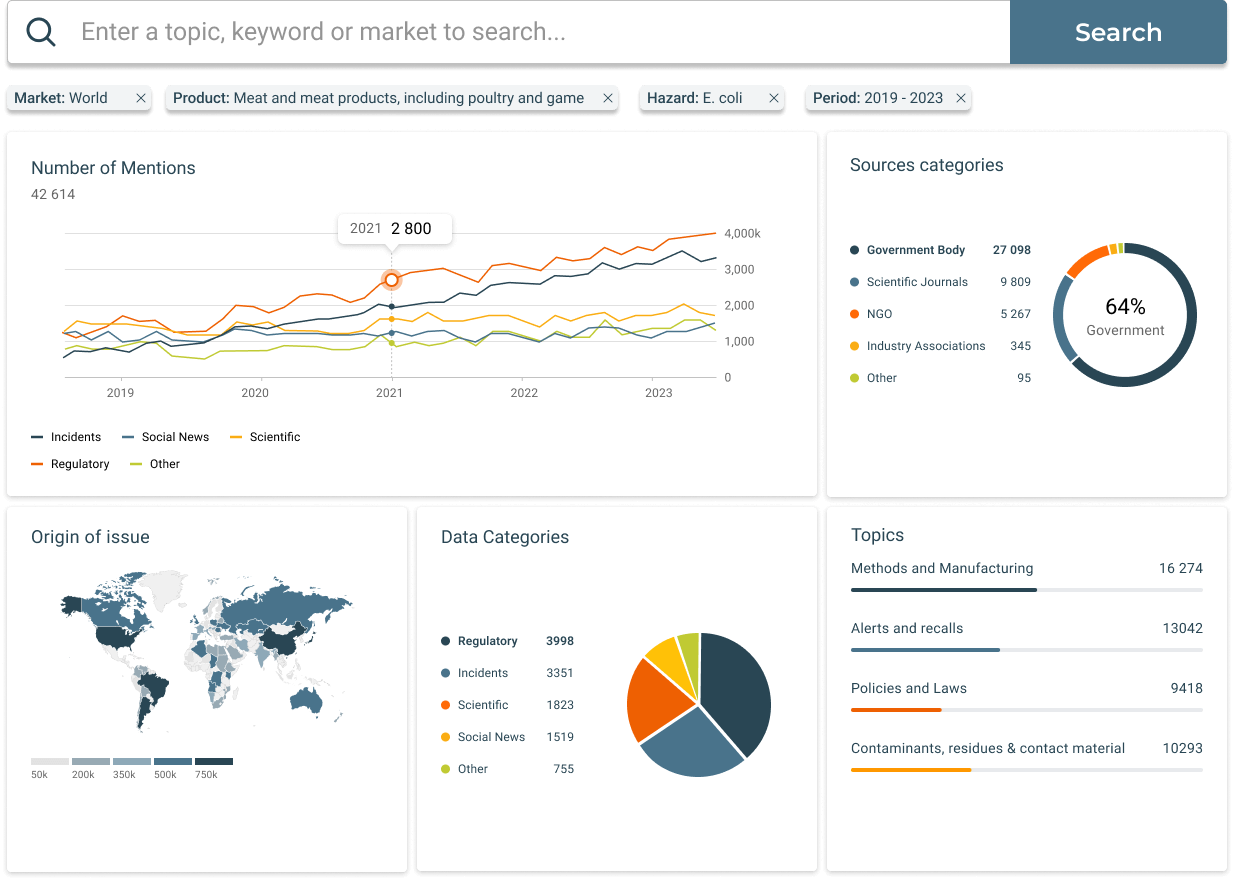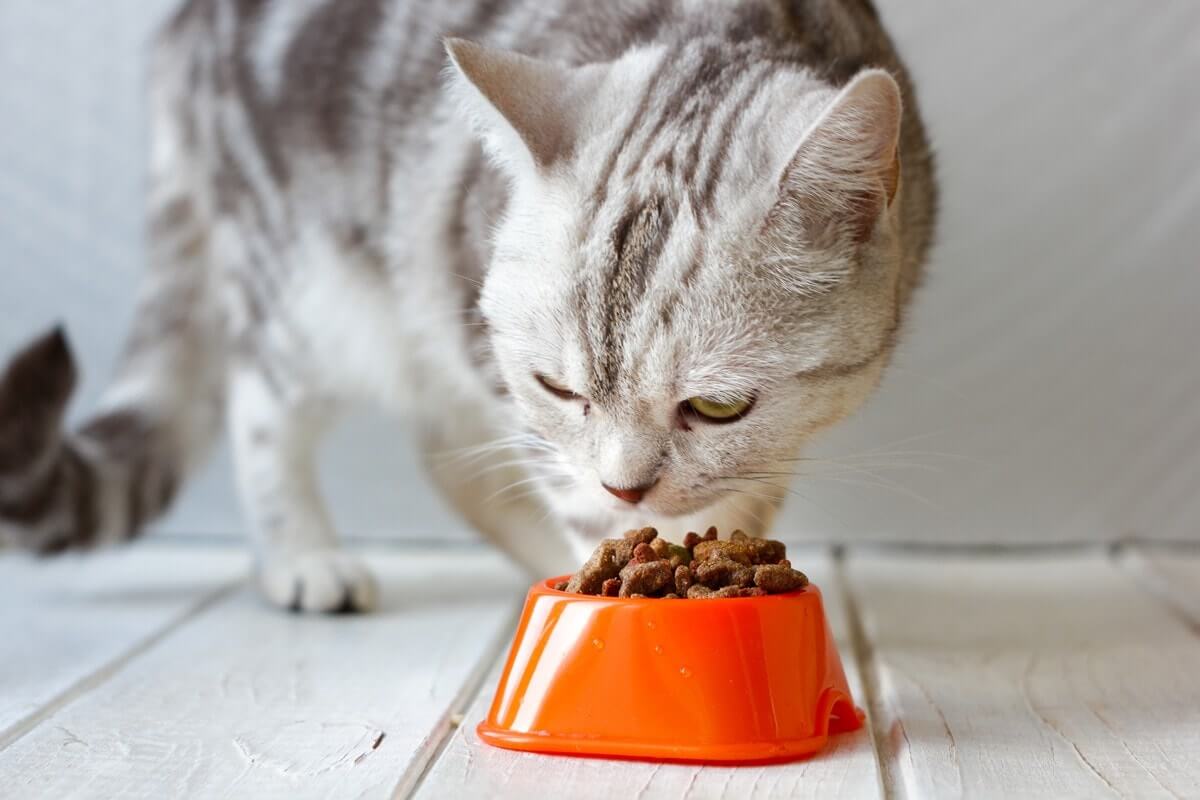Cat food recalls are an essential part of ensuring the safety and quality of pet food products. With millions of cat owners relying on commercially prepared food to nourish their pets, recalls play a critical role in protecting feline health, especially when contamination or ingredient issues are involved. Cat food recalls often stem from contamination with pathogens like Salmonella or Listeria, the presence of foreign materials, or nutritional imbalances. This guide explores the main causes of cat food recalls, regulatory oversight, the impact on the pet food industry, and preventive measures for maintaining safe and nutritious cat food. Let's dive into this type of Food Recall.
What is a Cat Food Recall?
A cat food recall is the urgent removal of potentially unsafe or contaminated cat food products from the market. Recalls may be initiated voluntarily by the manufacturer or mandated by regulatory bodies such as the U.S. Food and Drug Administration (FDA). The primary goal of a recall is to protect pets from health risks that could arise from consuming unsafe products. Cat food recalls can affect a range of products, from dry kibble and canned food to treats and supplements.
Main Causes and Hazards of Cat Food Recalls
Cat food recalls are usually driven by specific hazards that pose health risks to pets. The most common causes include:
-
Microbial Contamination (e.g., Salmonella, Listeria): Pathogens like Salmonella and Listeria are the primary contaminants linked to pet food recalls. These bacteria can cause illness not only in cats but also in humans who handle contaminated food. In cats, symptoms may include vomiting, diarrhea, and lethargy, while humans may suffer from gastrointestinal issues.
-
Foreign Material Contamination (e.g., Metal, Plastic): Foreign materials can occasionally end up in cat food due to equipment malfunctions or processing errors. Sharp objects, like metal or plastic fragments, can cause choking or internal injury, leading to recalls for consumer protection.
-
Nutritional Imbalances: Cats require a precise balance of nutrients, including proteins, fats, vitamins, and minerals. Imbalances, such as excessive or deficient levels of certain nutrients like vitamin D or taurine, can lead to health issues, including kidney damage or heart disease. Cat food recalls may be issued if nutrient levels do not meet AAFCO (Association of American Feed Control Officials) standards.
-
Allergen Mislabeling: Although less common, cross-contamination with allergens may occur in facilities that produce multiple types of pet food. If ingredients aren’t properly declared, it could cause health issues for cats with sensitivities.
Each of these hazards emphasizes the importance of quality control in the pet food production process to ensure that cat food products are safe and nutritious.
Regulatory Authorities' Role in Cat Food Recalls
In the United States, cat food recalls are managed by the FDA, which monitors and enforces pet food safety regulations. Key responsibilities of regulatory authorities in cat food recalls include:
-
Inspection and Testing: The FDA inspects pet food manufacturing facilities to ensure compliance with food safety standards. Inspections focus on hygiene, ingredient handling, and quality control measures to prevent contamination.
-
Recall Classification and Management: The FDA classifies recalls based on health risk:
- Class I Recall: High risk, involving products that could cause serious health issues or death. This is common for contamination with pathogens like Salmonella.
- Class II Recall: Moderate risk, where the product may cause temporary health issues but is unlikely to cause severe illness.
- Class III Recall: Low risk, involving products that violate regulatory standards without posing an immediate health threat.
-
Public Communication and Alerts: For Class I and II recalls, the FDA issues public notices to inform consumers about affected products, lot numbers, and health risks. These alerts ensure that pet owners are aware and can take necessary precautions.
-
Corrective Actions and Compliance: After a recall, the FDA may require companies to implement corrective actions, such as enhancing sanitation protocols, updating nutritional formulations, or improving labeling accuracy to prevent future incidents.
The FDA’s involvement ensures that cat food recalls are conducted transparently, maintaining public trust and prioritizing pet safety.
Impact of Cat Food Recalls on the Industry
Cat food recalls can have substantial consequences for manufacturers, distributors, and retailers. Key impacts include:
-
Financial Losses: The costs associated with recalling products, testing additional batches, and implementing corrective actions can be significant. Additionally, companies may face lost sales, reduced demand, and potential legal liabilities if pets are harmed.
-
Damage to Brand Reputation: Pet owners place high value on the safety and quality of their pets’ food. A recall, particularly one involving pathogens or nutritional imbalances, can erode consumer trust and impact brand loyalty.
-
Increased Regulatory Scrutiny: Following a recall, companies often face increased oversight from the FDA, including more frequent inspections and compliance requirements, which can affect daily operations.
-
Supply Chain Disruption: Cat food recalls impact the entire supply chain, from ingredient suppliers to retailers. Effective coordination is required to remove affected products and restore consumer confidence.
Understanding these impacts emphasizes the importance of preventive measures in maintaining both consumer trust and regulatory compliance.
Preventive Measures for Cat Food Recalls
To reduce the likelihood of cat food recalls, manufacturers should focus on rigorous quality control and safety protocols at every stage of production. Key preventive measures include:
-
Good Manufacturing Practices (GMP): Following GMP standards helps maintain cleanliness and proper handling procedures in pet food production facilities, reducing contamination risks.
-
Routine Microbial Testing: Regular testing for pathogens, such as Salmonella and Listeria, throughout the production process ensures early detection of contamination and supports swift response measures.
-
Nutritional Quality Control: Ensuring that cat food formulations meet AAFCO standards for nutrient content and balance helps prevent nutritional imbalances. Routine testing of nutrient levels also helps ensure consistency in product quality.
-
Foreign Material Control: Using metal detectors, screens, and other quality control equipment helps minimize the risk of foreign materials in cat food products.
-
Supplier Verification and Ingredient Testing: Working with reliable suppliers and conducting regular ingredient testing helps ensure raw materials meet safety standards, reducing contamination risks at the source.
-
Accurate Labeling and Allergen Management: Ensuring accurate labeling and proper allergen control, particularly in facilities that produce multiple types of pet food, helps prevent mislabeling and cross-contamination issues.
By integrating these preventive practices, cat food producers can minimize recall risks and provide safer, more nutritious products for pets.
Conclusion
Cat food recalls are essential to protecting pet health and maintaining public trust in pet food brands. Understanding the causes of cat food recalls—ranging from bacterial contamination to nutritional imbalances—enables manufacturers to implement proactive safety measures that align with FDA standards.
For cat food producers, successful recall management and preventive measures are critical to minimizing risks. By adhering to rigorous quality control protocols, regular testing, and thorough labeling practices, companies can uphold pet safety and reinforce consumer confidence. Transparent communication with regulatory authorities and the public further strengthens trust and supports a reliable, high-quality pet food supply.
Last Month's Food Recalls and Safety Incidents
Explore the latest food recalls, market withdrawals, and safety alerts in our free Food Safety Incidents Dashboard. Updated monthly and powered by SGS Digicomply, this dashboard provides a clear, filterable list of last month’s global food recalls and incidents, allowing you to stay informed on the products and hazards affecting the industry.

How manufacturers and companies can track and utilize global recall data:
SGS Digicomply continuously monitors and analyzes millions of data sources across over 160 jurisdictions. With easy-to-use filters for sources, locations, products, substances, hazards, and more, our platform allows manufacturers to track recall trends and gain actionable insights powered by AI-Copilot.
Explore our interactive demos to see these tools in action.

By combining diverse data sources, SGS Digicomply offers the most comprehensive and targeted screening of food safety data, contextualized with real-time lab data to identify emerging risks.





.webp?width=1644&height=1254&name=Food%20Safety%20Dashboard%201%20(1).webp)
